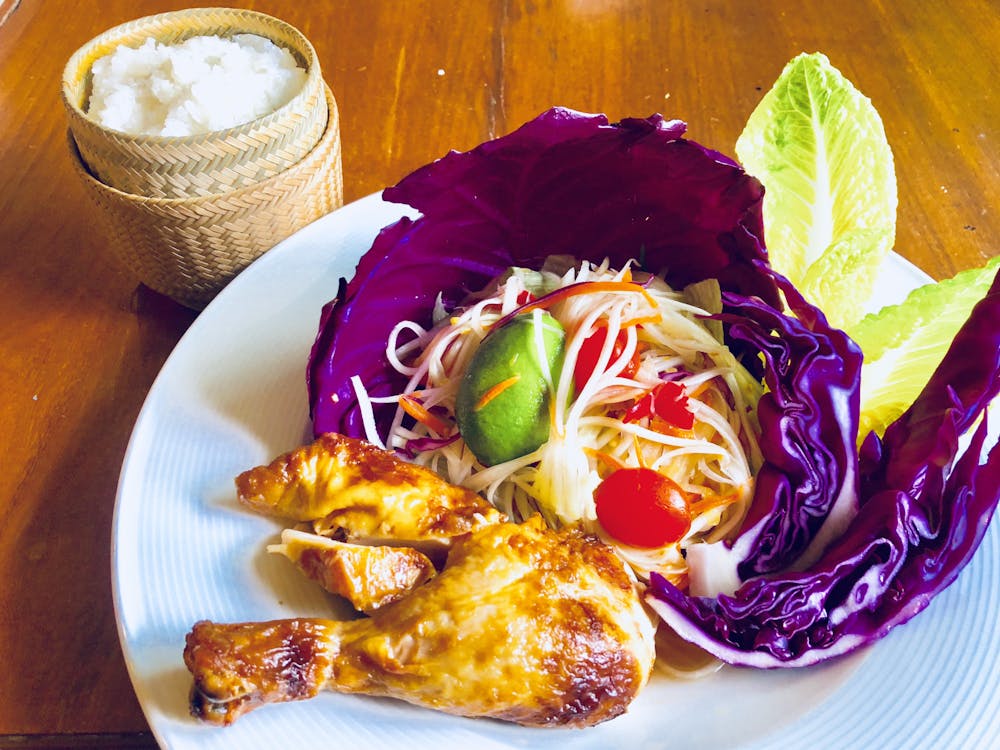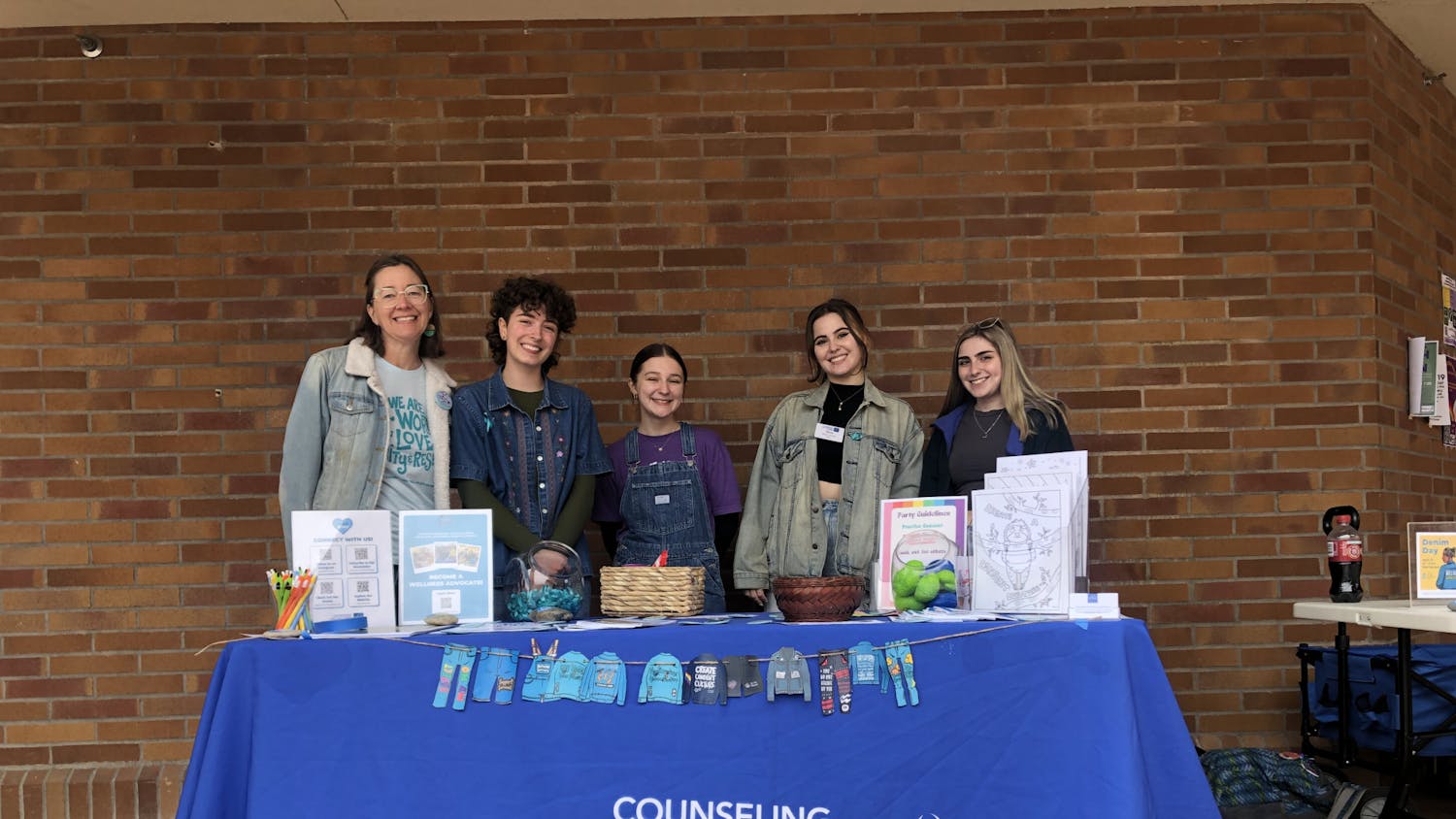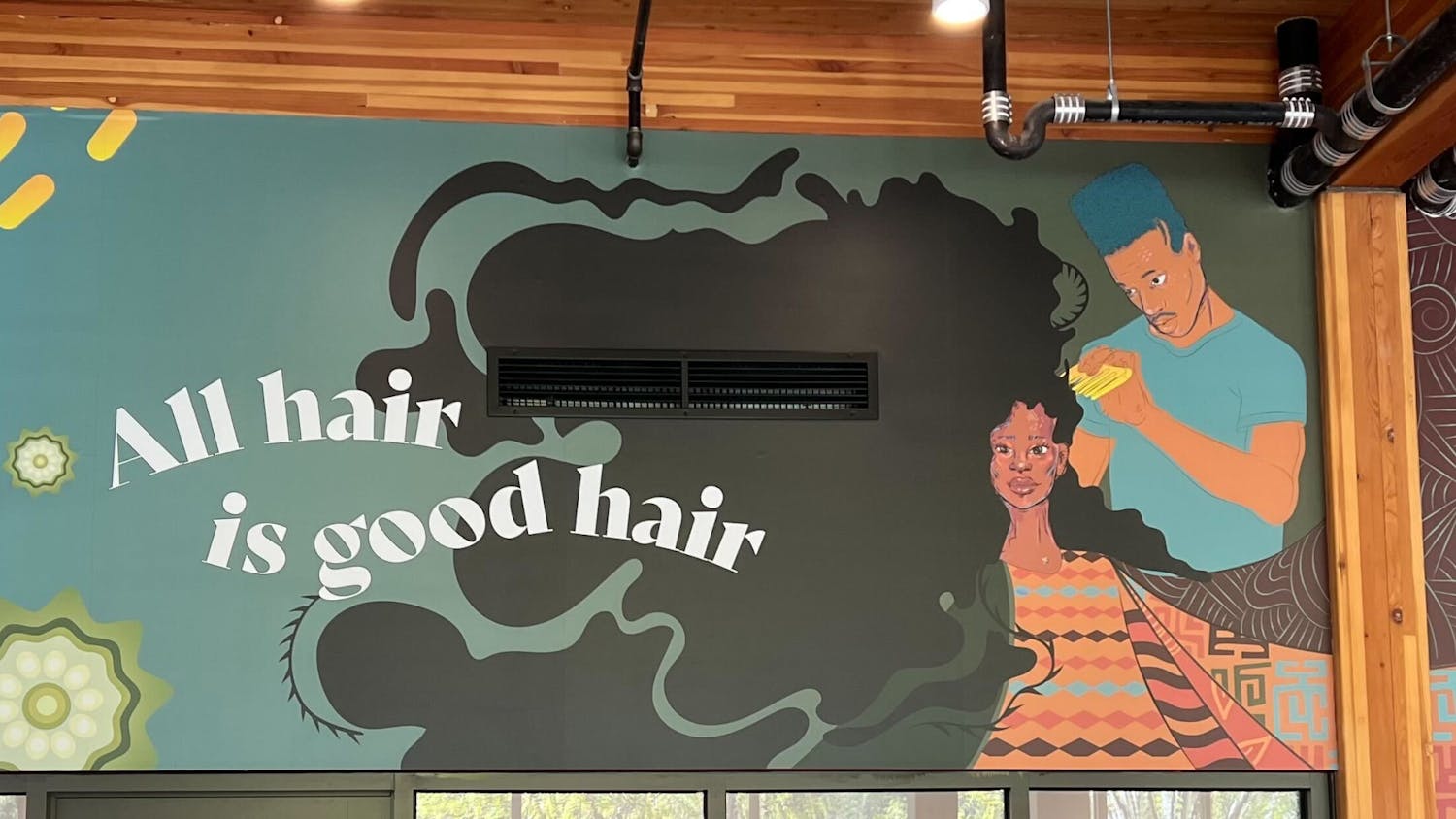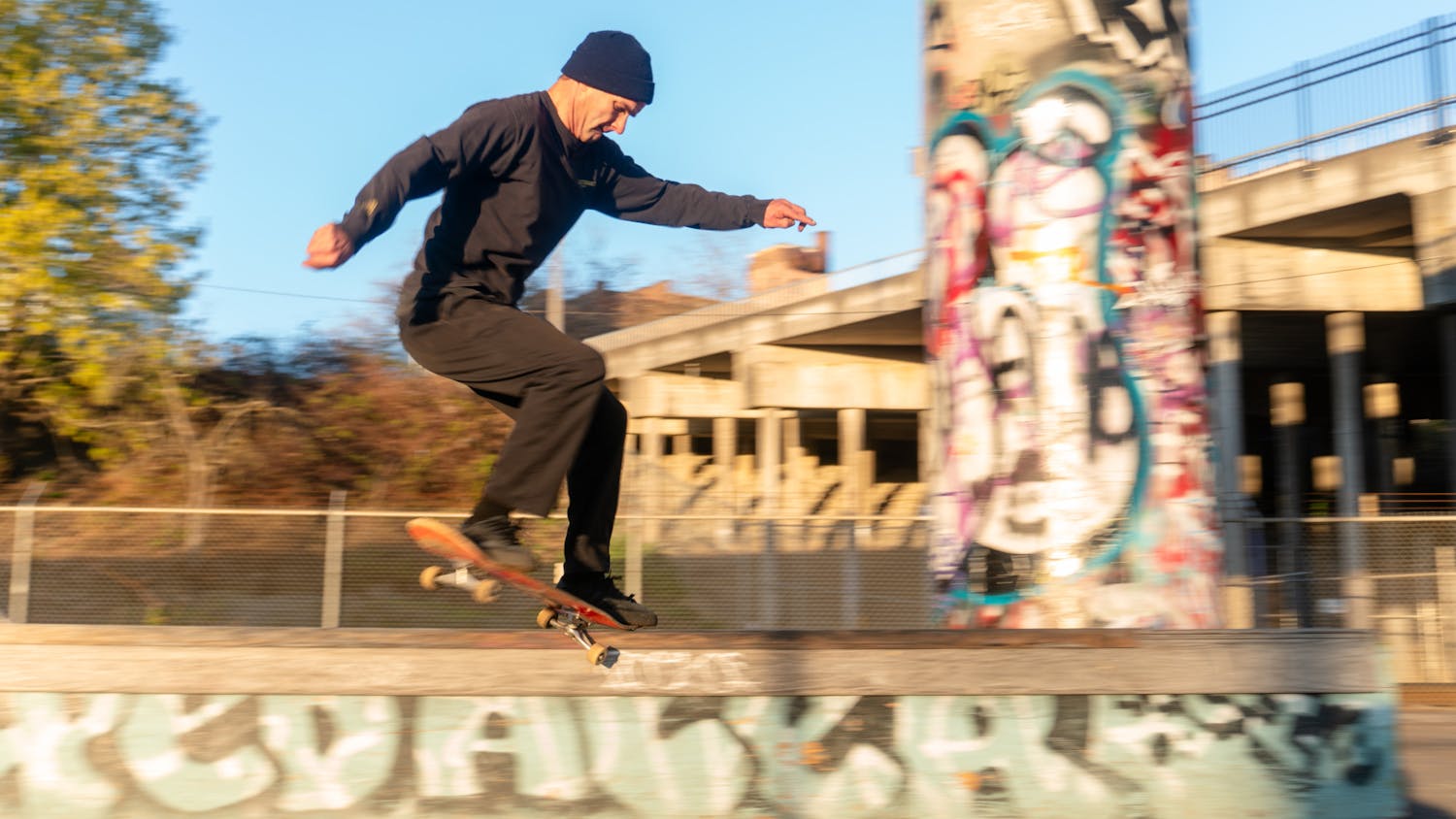Speaking from experience, being a Thai student at Western Washington University is very isolating. There’s no Thai student club, no city cultural events in Bellingham and the closest temple is in Canada.
In the two years I’ve spent at Western, I’ve struggled to stay connected to my culture. When my mom calls, my Thai is hesitant and stilted from a lack of daily conversing.
As a journalist, this issue provoked me to investigate – how can Thai students find community and connect to Thai culture in Bellingham?
“I think food and Thai culture go hand in hand," said Jamie Chantanee, a third-year at Western. “[Food] is honestly one of the top things [for] Thai people – that they just love to share with others.”
Whenever my homesickness gets bad, I always crave my mom’s cooking. Dishes like Nam Tok, Boat Noodles and Gai Kratiem are some of my favorites.
“Thai food is unique in ingredients, smell and taste,” said Sudarat Hatfield, a Thai language and culture academic specialist. “The way to cook, we don't follow a formula.”
Our food is a reflection of the Thai community itself because no other people can cook the same as us even if they followed a recipe, Hatfield said. In Thailand, recipes are passed down from one generation to the next. There’s no measurement, you season as much or as little as you want.
Each Thai person makes food in their own unique way. Maikham: Thai and Lao Restaurant is one of my favorite Thai restaurants in Bellingham. Their northeastern Thai style of cooking reminds me of home.
My mom is from the same region, called Isan, which borders Laos. They are known for their vibrant food, with most dishes including fresh herbs, vegetables and grilled meat.
Maikham Restaurant uses organic ingredients from local markets and farms. The owner even grows some of the herbs in their garden.
“In Thailand, everything is balanced with the four tastes: blio (sour), wan (sweet), mun (creamy), khem (salty),” said Usanee Klimo, the owner of Maikham.
The spice should be from the fresh chili and the blio (sour) should be from real lime juice, Klimo said. Unlike Maikham, a lot of Thai restaurants will use lime juice from a gallon jug or the cheapest fish sauce.
“Here at Maikham we use [juice] from the minnow (lime). Even the fish sauce, we'll not just use the cheapest one because we don't use MSG here,” Klimo said. “It can be a slightly higher price but we try to stay with what we really eat at home and in Thailand.”
The quality of the ingredients is shown in their bright and flavorful food.
The first time I ate at Maikham, I ordered:
“Satay Gai,” chicken, skewered and grilled. Served with cucumber relish and peanut sauce.
“Nam Tok,” grilled beef salad dressed with chili, garlic, mint and lime and served with sticky rice.
“Phad Kimaow,” drunken noodles with spicy basil.
From the first bite of my meal at Maikham to the last, it felt like I was home, sitting at my dinner table, surrounded by a mix of Thai and English chatter.
All the dishes I tried tasted amazing. The Nam Tok, which is one of my favorite Thai dishes, was fantastic. The grilled meat was juicy, well-seasoned and being combined with the garlic, mint and lime made the salad bright and fresh.
The sticky rice was served in a small Thai woven bamboo basket (specifically for serving sticky rice) which added an element of nostalgia for meals back in Thailand.
“If you go to a Thai house in Thailand, and you're the guest, the first question is, ‘Than khao reu yang ka?’ ‘Did you eat yet?’” Klimo said.
The answer to the struggle of Thai students in finding community was in front of me all along. Food is integral to Thai culture. Asking someone if they’ve eaten yet is essentially another way to say “hello.”
“Food is not only things you eat,” said Nartnatda (Dao) Hope, a Thai lecturer at UC Berkley. “It connects a community, and also is the way to pass on your culture.”
You may assume that because the Bellingham Thai population is small, and that there aren’t any clubs or cultural events, then there is no “community.” However, community lies not in the size of the population but in the culture and traditions passed down to the individuals who share it.
Restaurants like Maikham provide that sense of community the moment you taste their food.
It’s the feeling of being home when you sit down at the restaurant and hear the cooks chatting in your native language.
“Food in Thai culture is everything. Some people, they eat to live, but [Thai people] live to eat,” Hope said. “Food is not only something that you need, but it's something that connects people.”
If you enjoyed this story and want to read more about finding community through local cuisine, click here.
Janisa Cook (she/her) is an opinions reporter for The Front this quarter. She is also on Western's women’s rowing team. In her free time, she likes to paint, go to coffee shops, and hang out with her roommates. You can reach her at janisacook.thefront@gmail.com.






